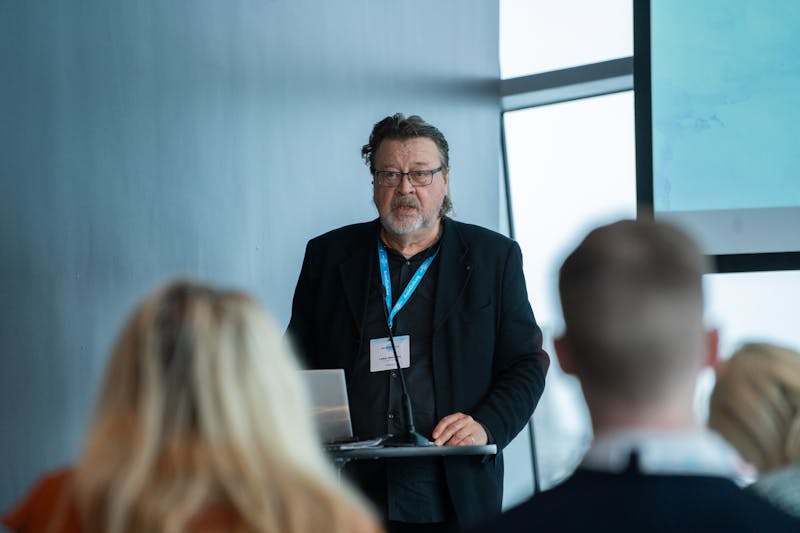Since February 2022, there have been interpretations and speculations of an increase of militarization and emerging confrontation in the Arctic. Yet, there are no armed conflicts or warfare in the region, unlike the hot wars and constant warfare in the Middle East, Africa, Southern Asia and Europe. Instead, the Arctic Region seems to be in a state of constant (peaceful) transformation that affects the region and the entire Earth mostly by more constructive ways, despite the deployed heavy nuclear weapon systems of the Russian Federation and the United States.
The first significant transformation of the Arctic led from the military tensions of the Cold War to geopolitical stability based on cooperation across borders. This would not have been possible without the growing concern among Indigenous Peoples, non-governmental organisations, civil society, and scholars and scientists over the state of the region’s ecosystems. This concern led to the establishment of cooperative structures on environmental protection among the Arctic States and Indigenous Peoples, in particular the Arctic Environmental Protection Strategy and the Arctic Council. This also caused a shift in their security premises towards a more comprehensive understanding of security.
Experience has shown that functional cooperation in the field(s) of low politics is an efficient way of rebuilding confidence between former rivals. In terms of the circumpolar North, the most vivid example is cooperation on environmental protection due to long-range air and water pollution, which became a shared interest and stabilising factor in the region’s geopolitics and security. As a result, the eight Arctic States, supported by Indigenous Peoples Organisations and local communities, reconstructed their geopolitical reality committing “to maintain peace, stability and constructive cooperation”, as stated by Arctic Council declarations.
When analysing the transformation and reconstruction that has taken place in the northernmost regions within the last 35 years or so, the main conclusion is twofold: Firstly, trans-boundary cooperation indicates the presence of shared/common interests among the Arctic States, and between them and Arctic Indigenous Peoples, for example on environmental protection, search and rescue, scientific cooperation, and economic activities. Secondly, certain specific features of Arctic geopolitics, security and governance—for example, the original nature of Arctic military for global deterrence, the lack of armed conflicts and serious disputes of state sovereignty, the high degree of international legal certainty, and self-governance—made it uniquely possible to form suitable conditions for resilient cooperation. This enabled an increase in geopolitical stability and supported regional development.


